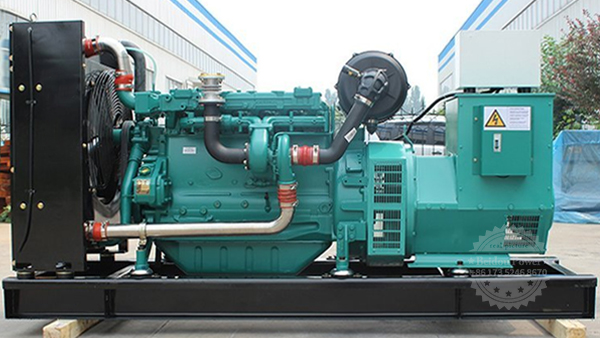During the normal operation of the generator, the excitation suddenly disappears in whole or in part, which is called the generator loss of magnetism. The causes of generator excitation loss can generally be summarized as open excitation circuit or short circuit, including exciter, excitation change or excitation circuit fault, wrong excitation switch, improper switching of standby excitation, excitation system loss of factory power, rotor winding or excitation circuit open circuit or rotor winding serious short circuit, semiconductor excitation system failure, rotor slip ring fire or burn.
1. Excitation variable fault tripping causes the generator to lose magnetism
Due to the insulation manufacturing defect of the transformer, or the gradual deterioration of the insulation defect during operation, the discharge phenomenon is generated, resulting in the excitation change protection action tripping, and the loss of magnetic protection action causes the unit tripping. Procedures and standards should be strictly implemented, regular testing, implementation and troubleshooting should be carried out. According to relevant regulations and standards, conscientiously carry out regular insulation professional test implementation.
2, the magnetic switch trip causes the generator to lose magnetism
The reasons for the trip of the magnetic switch include: (1) the magnetic switch trip command is mistakenly sent on the DCS; (2) The outlet relay fails to send out the magnetic switch trip instruction; (3) The trip-button contact of the electric standing disc magnetic switch in the central control room draws to issue the trip-command; (4) The local control panel of the excitation small room manually separate the magnetic disconnection switch; (5) magnetic switch control loop cable insulation drop; (6) switch body mechanical jump off magnetic switch; (7) Instantaneous grounding of the DC system causes the magnetic disconnection switch to trip.
3. The excitation slip ring igniting causes the generator to lose magnetism
The cause of the accident is the uneven pressure of the carbon brush press spring, resulting in the uneven distribution of some carbon brush currents, resulting in excessive current of individual carbon brushes, causing heat. In addition, the carbon brush is dirty, polluting the contact surface of the carbon brush and the slip ring, causing some carbon brush and the slip ring contact resistance to increase and then spark, in addition, the positive and negative carbon brush wear degree is uneven, negative wear has been more serious than the positive, due to serious wear caused by the slip ring surface roughness increase, due to not timely control caused by the slip ring fire.
4, DC system grounding causes the generator to lose magnetism
After the DC system is positively grounded, because there is a distributed capacitor in the long cable, and the voltage at both ends of the capacitor cannot change, the capacitor current of the long cable in the external trip circuit of the generator magnet breaker flows through the intermediate relay at its external trip outlet, and the relay moves to develop the motor magnet breaker, resulting in the generator magnet loss protection action.
5, excitation regulation system failure caused generator magnetic loss
The fault of the EGC board of the regulator of the generator excitation system causes the over-voltage protection action of the rotor of the generator excitation regulator and the tripping of the protection action.
6. The rectifier cabinet stops causing the generator to lose magnetism
In the process of starting the electric pump, the system voltage is reduced, and the excitation system sends an alarm of auxiliary power supply failure. Because the auxiliary shock resistance of the switching loop relay is too large, the power supply handover fails, and the fan of the rectifier cabinet cannot operate normally, resulting in over-temperature tripping of the rectifier cabinet, loss of magnetic protection action, and the unit outage. The silver plating layer of the power switch contacts on the AC side of the rectifier cabinet is thin or of poor quality. During operation, the copper and air contact produces an oxide layer, resulting in the increase of contact resistance. With the increase of current, the increase of temperature leads to the overheating of the contacts, resulting in the loss of magnetic protection action during processing and the unit tripping.
Post time: Jun-25-2024

